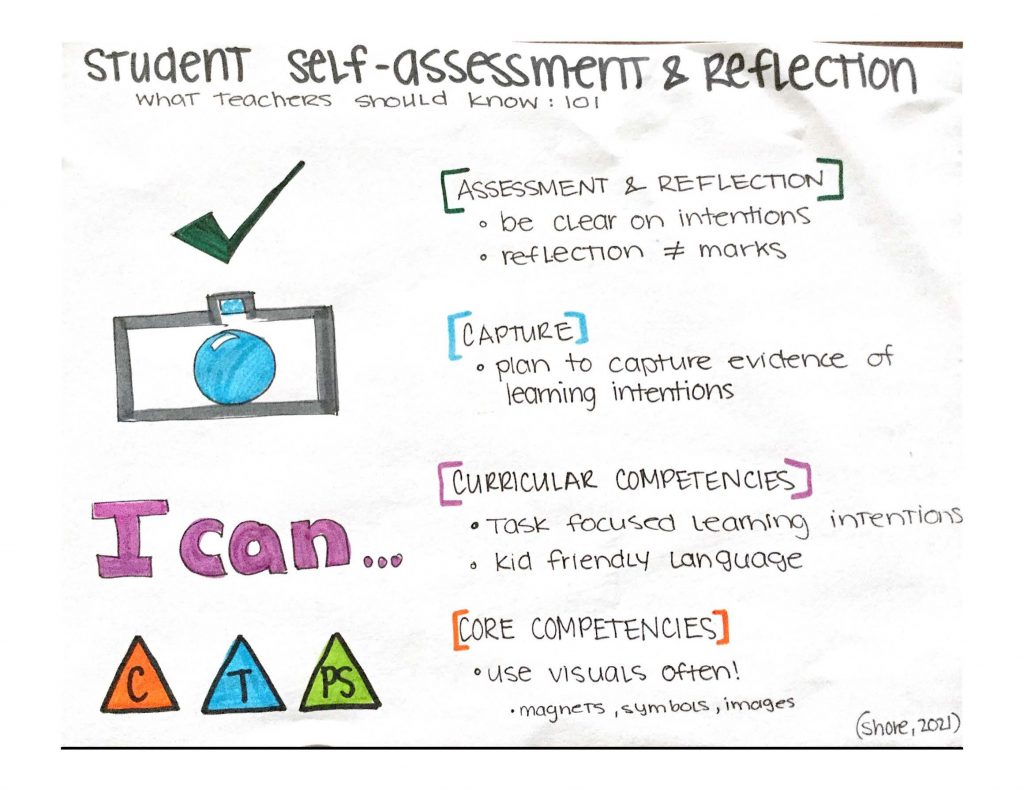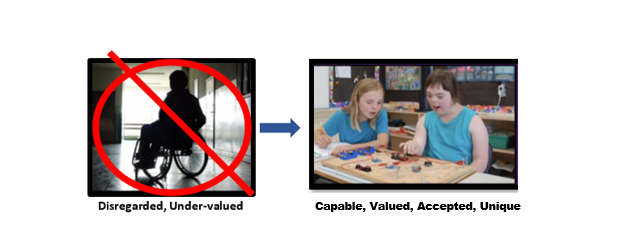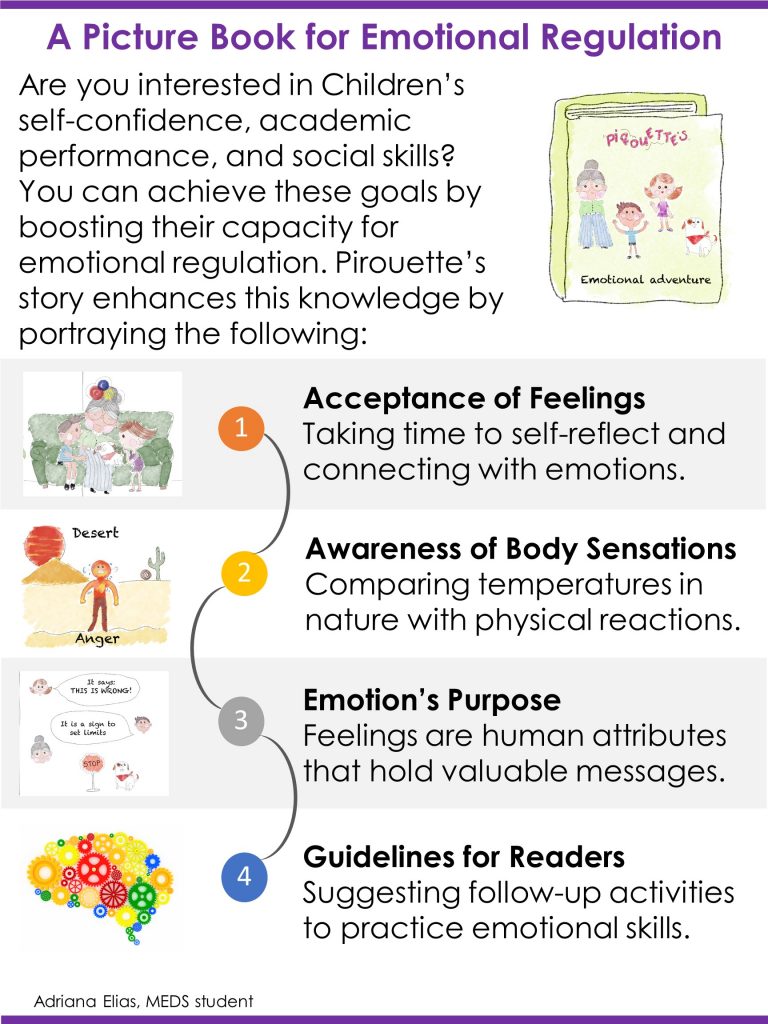Hey! I am Kelsey Shore, educator, adventurer and learner, sharing from the unceded traditional territory of the Sḵwx̱wú7mesh People.
Along with your completed work, please submit a written self-reflection.
That phrase might evoke emotion if you are a student, teacher or parent here in British Columbia.
Among the changes unveiled in the 2014 BC provincial curriculum overhaul, the inclusion of student self-assessment and reflection.
This shift toward focusing on self-assessment and reflection, while new to mainstream curricula, is not new to educational conversations.
So, what do teachers know and need to know about student self-assessment and reflection in inclusive classrooms?
How do you use student self-assessment and reflection in teaching and learning?



